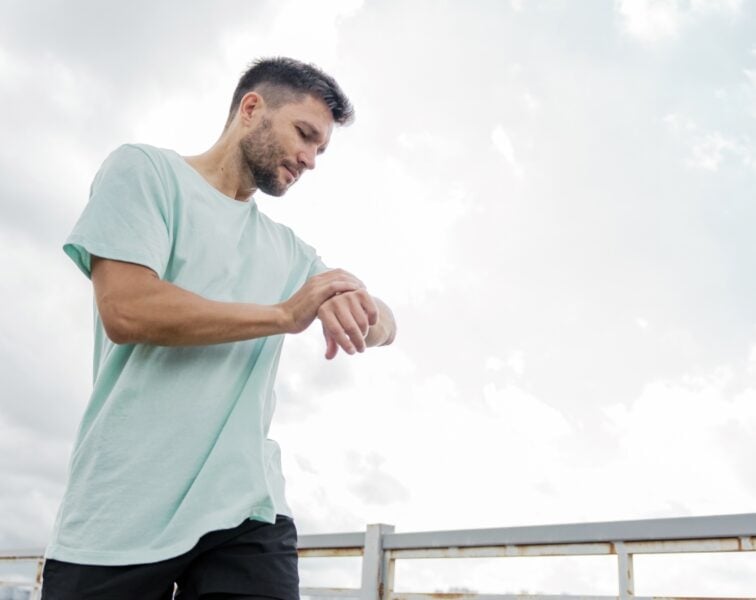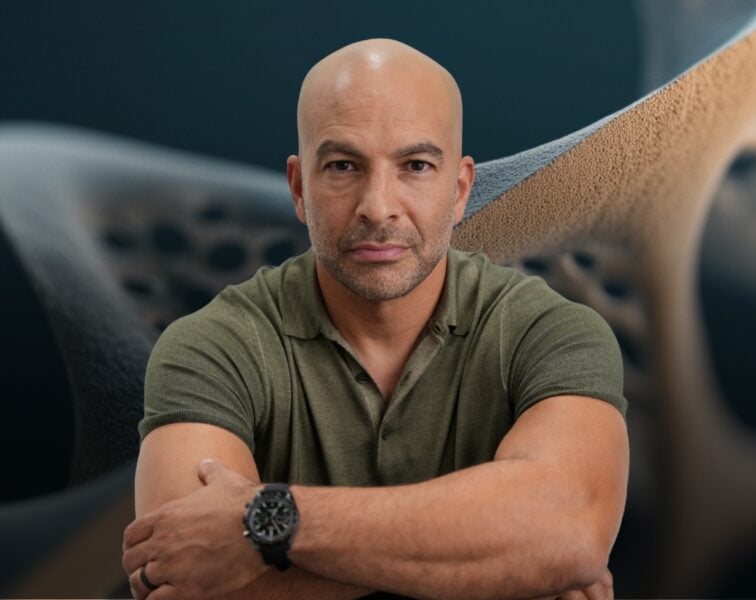In this quarterly podcast summary (QPS) episode, Peter introduces a new format aimed at summarizing his biggest takeaways from the last three months of guest interviews on the podcast. Peter shares key insights from each episode, covering diverse topics such as protein and muscle building with Luc van Loon, toe strength with Courtney Conley, VO2 max with Olav Aleksander Bu, liquid biopsies for cancer with Alex Aravanis, gut health and probiotics with Colleen Cutcliffe, and road safety with Mark Rosekind. Additionally, Peter shares any personal behavioral adjustments or modifications to his patient care practices that have arisen from these engaging discussions.
If you’re not a subscriber and listening on a podcast player, you’ll only be able to hear a preview of the AMA. If you’re a subscriber, you can now listen to this full episode on your private RSS feed or on our website at the episode #304 show notes page. If you are not a subscriber, you can learn more about the subscriber benefits here.

We discuss:
- How Peter keeps track of his takeaways from each podcast episode [5:15];
- Luc van Loon episode: fat utilization, muscle protein synthesis, dietary protein, aging and inactivity, and more [8:45];
- Behavioral changes that have come about from the conversation with Luc van Loon [23:45];
- Courtney Conley episode: importance of toe strength and the impact of dedicated foot training [26:45];
- Olav Aleksander Bu episode: the importance of VO2 max for lifespan, and the practicalities of measuring and improving VO2 max [36:45];
- Behavioral changes that have come about from the conversation with Olav [56:00];
- Alex Aravanis episode: liquid biopsies for cancer detection [1:01:30];
- Colleen Cutcliffe episode: the importance of gut bacteria balance, and the potential therapeutic uses of probiotics, particularly Akkermansia [1:16:45];
- Mark Rosekind: the significant issue of road fatalities and injuries, their causes, and practical safety measures to reduce risks [1:27:00]; and
- More.
Get Peter’s expertise in your inbox 100% free.
Sign up to receive An Introductory Guide to Longevity by Peter Attia, weekly longevity-focused articles, and new podcast announcements.
How Peter keeps track of his takeaways from each podcast episode [5:15]
- Peter appreciates that our podcasts are long and quite deep (that’s by design), and he personally doesn’t have time to go back and listened to most of them
- He’s not capable of assimilating everything that comes out of a podcast
- Over the past year, he has gotten into a habit of feverishly taking notes when the guest is speaking
- That seems to be the best time for him to get insights out of the episode
- Then immediately following the podcast, almost always on that day, he resynthesizes these notes on 5×8” index cards
- The goal here is to minimize the cards because he wants the cards to be the highest yield thing that 6 months or 6 years from now he would go back to, and that captures the salient essence of what he learned
- It’s always an eye towards something he didn’t know before or something he didn’t realize how important it was
- Peter is always looking for something that’s going to change his mind or change his practice
- We will look at some recent episodes from 2 realms
- 1 – Peter’s most important takeaways, insights, and biggest learnings
- 2 – If Peter has changed his mind, changed his behavior, how he works with himself, how he works with patients
Luc van Loon episode: fat utilization, muscle protein synthesis, dietary protein, aging and inactivity, and more [8:45]
#299 ‒ Protein: optimizing muscle protein synthesis, quality sources, quantity needs, and the importance of resistance training | Luc van Loon, Ph.D. (April 22, 2024)
***
- Luc’s episode wasn’t the only episode focused very heavily on protein
- Despite that, the richness of this episode surprised Peter
We talked a lot about something called the Fat/Athlete’s Paradox
- There’s this idea that when you look at the muscle of an athlete and you look at the muscle of someone with type 2 diabetes, you are going to see large stores of intramyocellular lipids (lipid within the muscle)
- You’re looking at 2 opposite ends of the metabolic spectrum
- Peter remembers hearing this before, but he thinks what came into focus was the idea that this is one of the limitations of static information
{end of show notes preview}
Would you like access to extensive show notes and references for this podcast (and more)?
Check out this post to see an example of what the substantial show notes look like. Become a member today to get access.



